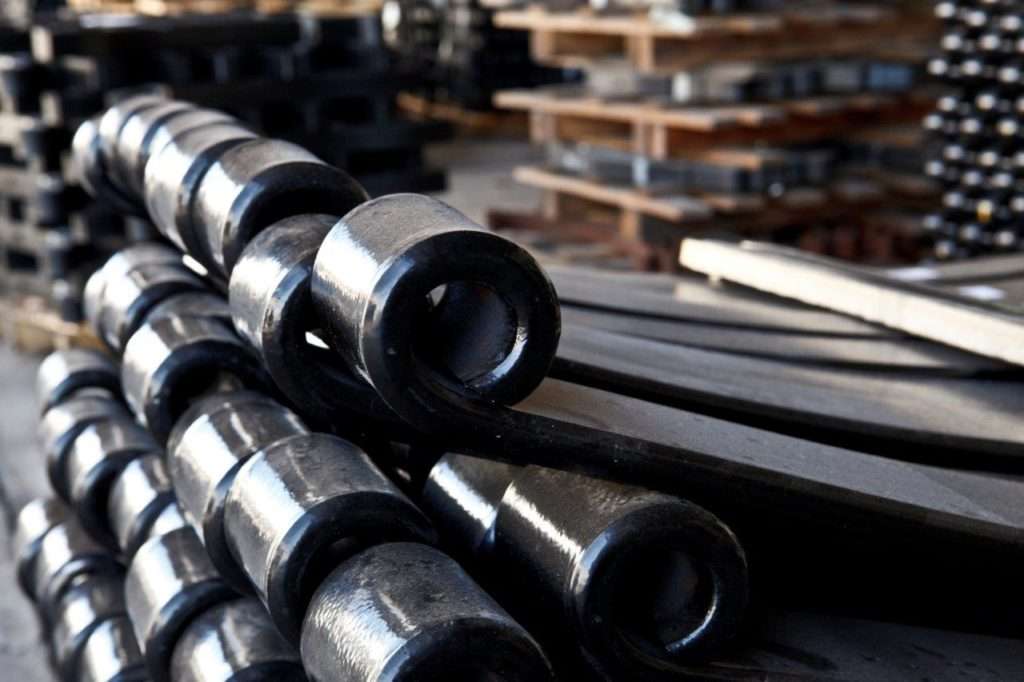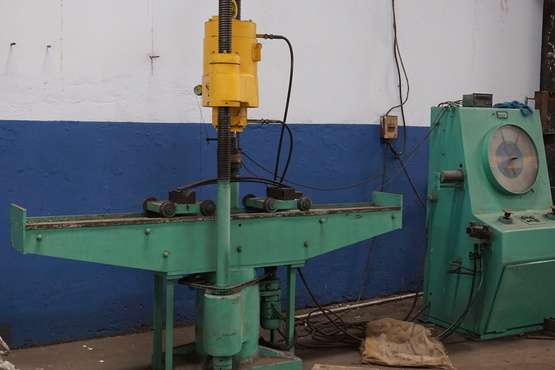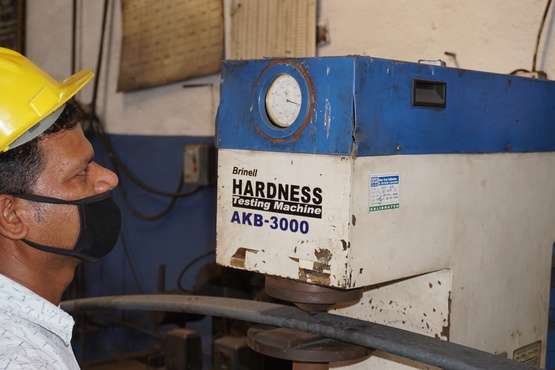Quality Standard
- Home
- Quality Standard

Quality
Manufactures products with safety, quality, and longevity in mind.
As an International Standards Organization (ISO) 9001:2015 supplier, B J Spring Industries manufactures products with safety, quality, and longevity in mind. Quality management is the cornerstone of the ISO 9000 family, and we take those rules, guidelines, and regulations seriously. That is why we are able to provide best-in-class leaf springs to our wide range of clients. We keep those guidelines and standards at hand, whether we are at our state-of-the-art fatigue testing facility or undergoing employee training.Load Testing
- Load testing is perform to determine a spring behaviour under both normal & peak condition. Spring loaded from zero to prescribed maximum deflection and back to zero load is applied at the centre of spring example.
- A spring show the linear relationship between applied load and extends of reverse bending. Flattening the spring required the banning 97mm with 3560 KGF load on maximum deflection (10mm departing from the flattened position is obtained with a load 3810 KGF load. After unloading the spring regained its initial shape. It is clear that the spring are behaves elastically under static load. At height 3600 KGF.


Cycle Testing / Endurance Testing
- A fatigue analysis is carried out with the help of hydraulic fatigue testing m/c. A leaf spring is mounted on testing and the limit switches are fixed at a span of 50mm in the vertical direction this is the amplitude loading cycle which is considerably high amplitude low frequency fatigue test. During the test the value of strain at location 1 is recorded. The maximum and minimum stress value is obtained at first cycle of the composite leaf spring 222 MPA and 133 MPA respectively.
- Frequency of load cycle’s fixed 3mhz,as only 20 stoke/min is available in test rig. This leads to high amplitude low frequency fatigue test.
Hardness Testing
Hardness is defined as the resistance of material to permanent deformation such as indentation, wear, abrasion, scratch. Principally, the importance of hardness testing has to do with the relationship between hardness and other properties of material. For example both the hardness test and the tensile test measure the resistance of a metal to plastic flow and results of these test may closely parallel to each other. Hardness test is preferred because it is simple, easy, and relatively non-destructive.
Hardness testing in two categories:
- Macro hardness
- Micro hardness


